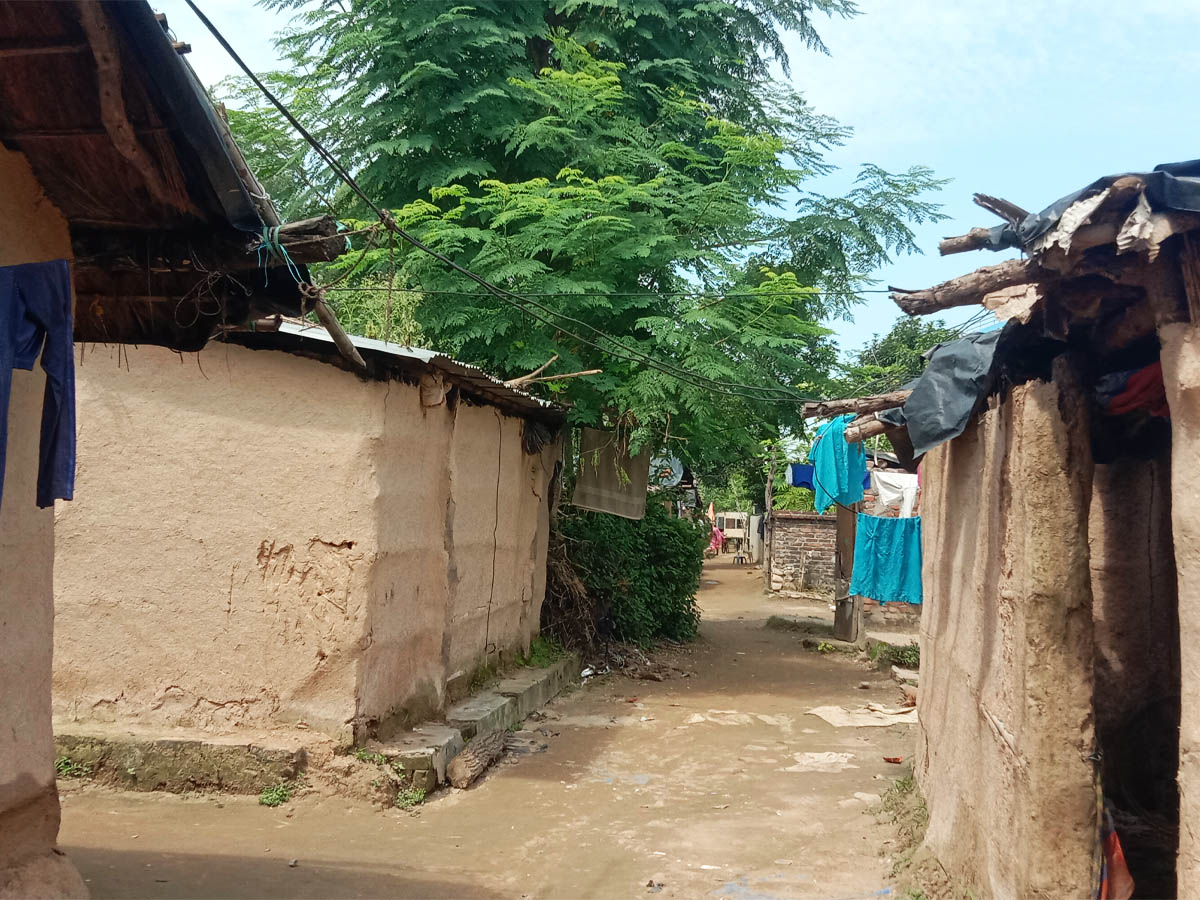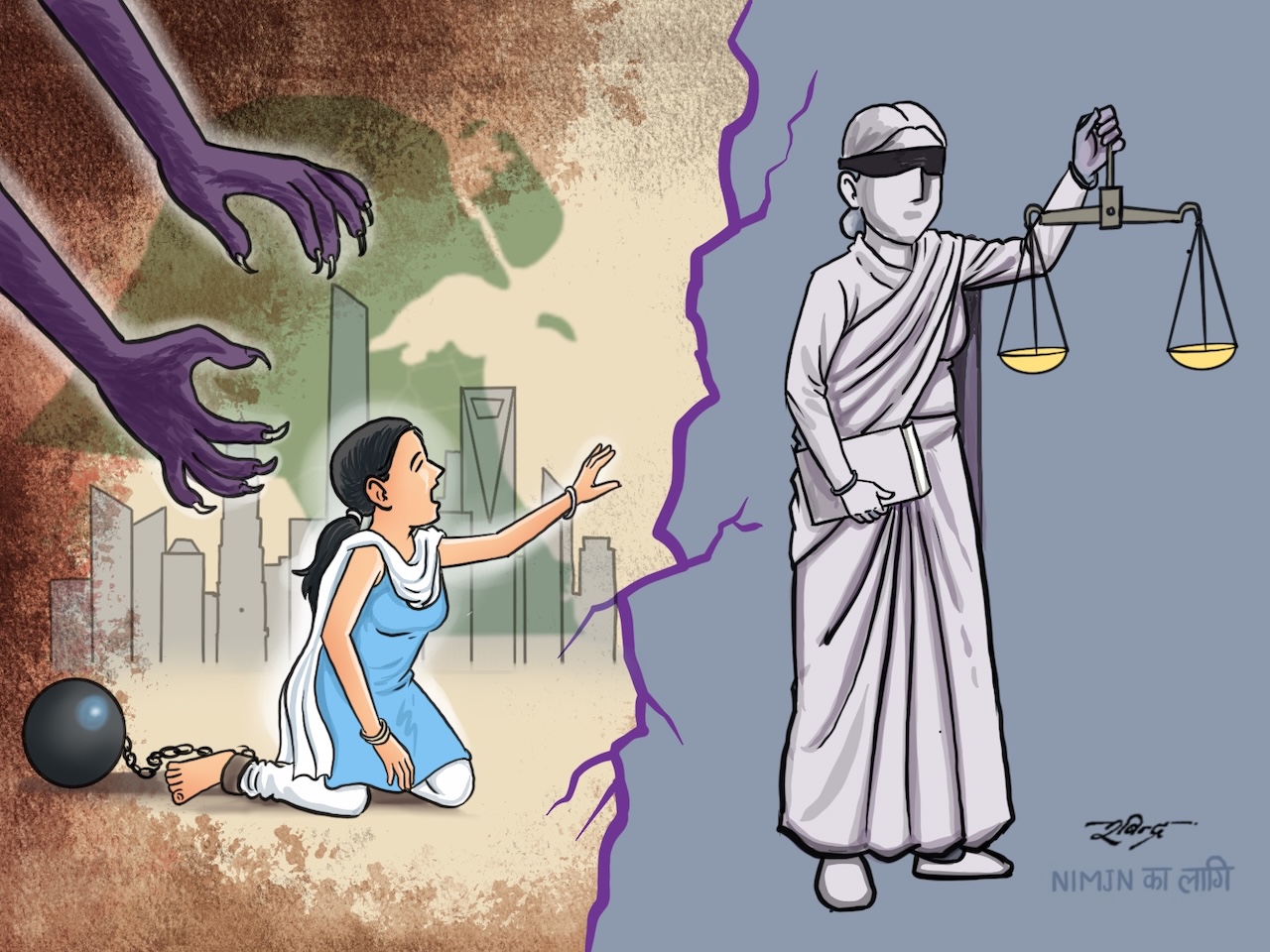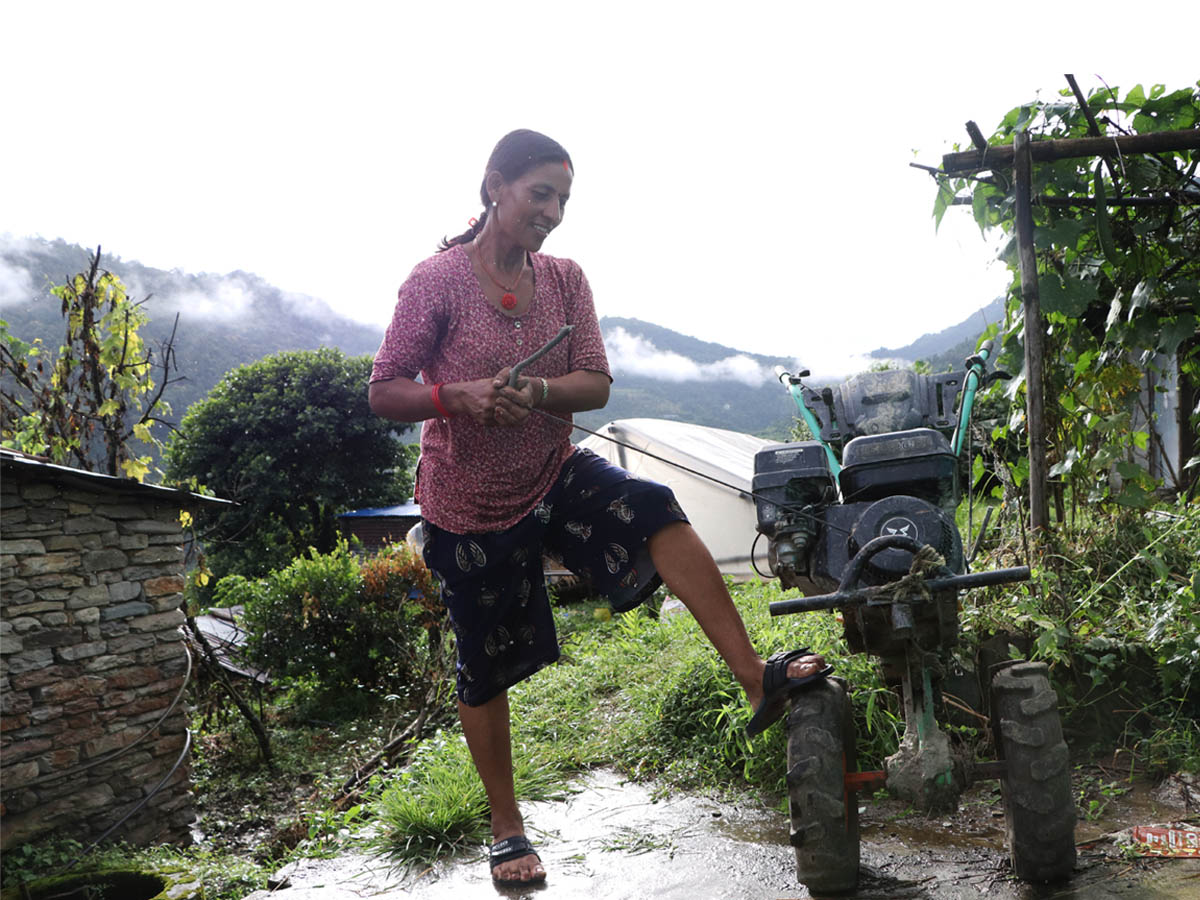At around 3:30 am on July 12, 2024, two passenger buses carrying a total of 65 people were swept away by a landslide and fell into the Trishuli River at Simaltal, located on the Narayangadh-Muglin road section in  Bharatpur Metropolitan City-29, Chitwan.
Bharatpur Metropolitan City-29, Chitwan.
According to the District Administration Office, Chitwan, Angel Deluxe bus (Bagmati Province 03-006 Kha 1516), which was heading from Birgunj to Kathmandu, had 26 passengers, while Ganapati Deluxe bus (Bagmati Province 03-001 Kha 2495), traveling from Kathmandu to Gaur, had 39 passengers. Three passengers, Nandan Das, Jogeshwar Ray Yadav and Suraj Gupta, managed to survive by swimming. The remaining passengers were reported missing, and as of September 27, the police had only recovered 25 bodies.
Both buses have yet to be found.
The disaster at Simaltal occurred due to the lack of adequate preparedness, despite the knowledge of the area's vulnerability to such incidents. The search and rescue operations were delayed as a result. Similar risks exist in other road sections and settlements across the country. If sufficient preparations are not made, we may witness similar tragedies in the future.
Burden of road
The Narayangadh-Muglin road is situated within the Shivalik mountain range, a region known for its geologically weak terrain. The Trishuli River flows rapidly below the road, further increasing the area's geological sensitivity. Despite this, the road was constructed by cutting through the mountain, making the area even more vulnerable to landslides, especially during heavy rainfall.
Dr. Subodh Dhakal, Associate Professor and Head of the Geology Department at Tribhuvan University, explains that when there is heavy rainfall in such areas, it can trigger landslides, especially in areas with old, unstable deposits of rock and soil.
Hydrologist Madhukar Upadhyaya notes that rainfall patterns have changed, with intense rainfall occurring in short bursts. This is likely what happened at Simaltal. He explains that when there is a sudden downpour, the soil gets saturated quickly, leading to landslides. The resulting mudflows are heavy and powerful, capable of causing significant damage.
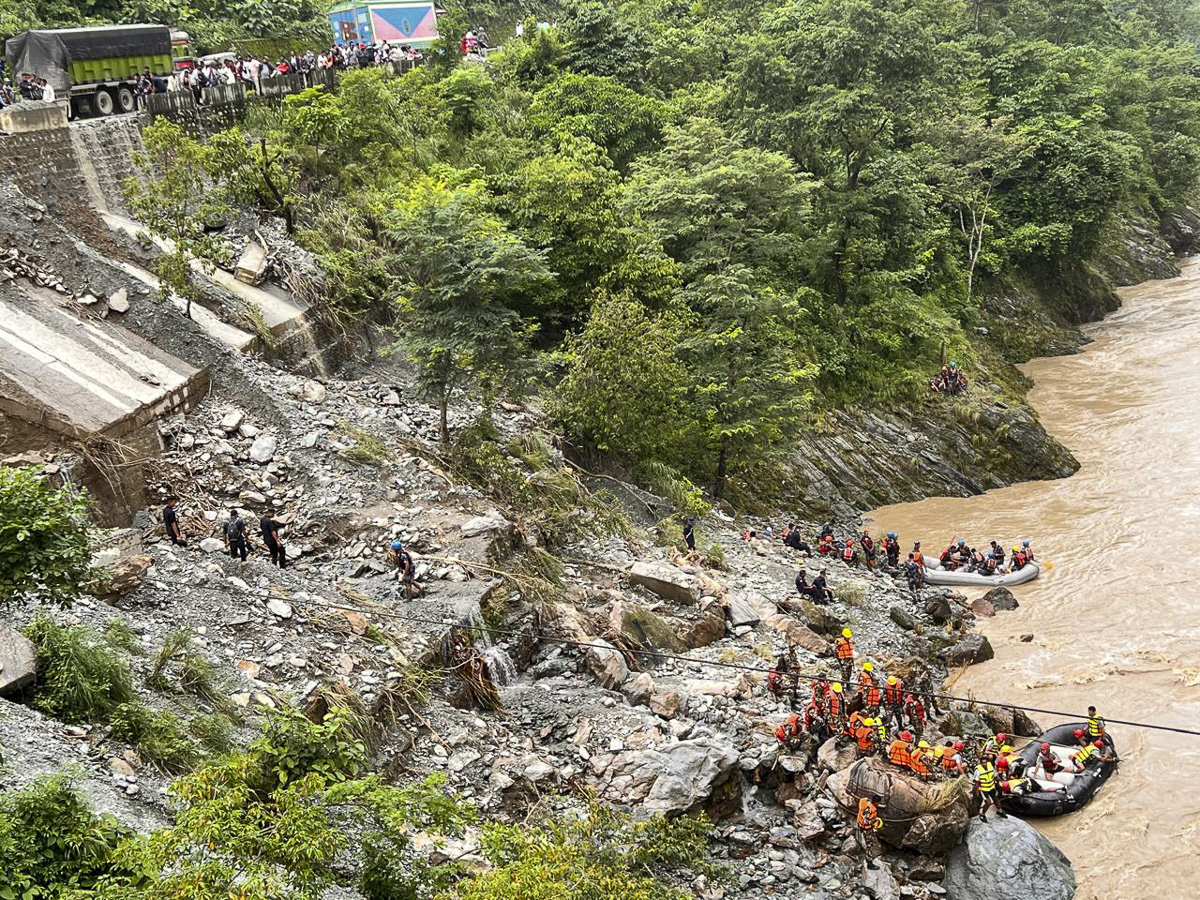
Ramesh Prasad Paudel, Chief of the Road Division, Bharatpur, states that the landslide occurred approximately 900 meters above the road, causing a significant amount of debris to flow onto the road.
The Ward Chairman of Bharatpur Metropolitan City-29, Surya Bahadur Gurung, confirms that there had been heavy rainfall in the village above the landslide site on the night of the incident.
Paudel attributes the disaster to excessive rainfall and the weak geological conditions of the area. He points out that the rock formation above the landslide site was weak, and the soil was loose.
The landslide site had experienced previous landslides and gabion walls had been constructed to prevent further erosion. However, the recent landslide damaged these structures.
The Simaltal disaster is a prime example of the consequences of unscientific development, particularly the indiscriminate use of heavy machinery in hilly areas. A newly constructed road section near the landslide site, completed in the fiscal year 2022/23, appears to have contributed to the disaster.
The Muglin-Narayangadh road, a 33.5-kilometer stretch connecting the East-West (Mahendra) Highway with the Kathmandu-Pokhara (Prithvi) Highway, was constructed between 1978 and 1982. Initially built as a two-lane road, it was expanded to four lanes in 2006. This expansion, along with the cutting of hills in many sensitive areas, including Simaltal, has led to frequent landslides and mudflows, according to Associate Professor Dr. Subodh Dhakal.
Dr. Dhakal argues that instead of indiscriminately cutting into the hills, the government should have considered building tunnels in areas where the road width was insufficient. The current approach has resulted in the loss of innocent lives.
Nepal Police data shows that the Muglin-Narayangadh road was blocked by landslides 13 times in the three monsoon months of the previous year, and there were numerous other smaller landslides that went unrecorded.
Dr. Dhakal criticizes the government for failing to employ appropriate technology and for neglecting the environmental impact assessment in the development of this sensitive region. He points out that the road has become a death trap, with vehicles and passengers disappearing in landslides.
He emphasizes the need for a more scientific approach to development, considering the environmental risks and minimizing damage. He suggests that the road expansion project should have included risk mitigation plans and sufficient funding for the Road Department to implement them. The indiscriminate hill cutting without proper soil stabilization measures has exacerbated the problem.
"Instead of building tunnels where the width was insufficient, the government has been recklessly using bulldozers, causing the loss of innocent lives," says Dr. Dhakal.
Dr. Min Bahadur Paudyal Kshetri, Executive Director of the Nepal Disaster Management Center, points out that instead of creating terraced cuts into the steep hills, most sections of the Muglin-Narayangadh road have been cut vertically, significantly increasing the risk of landslides.
The government's development guidelines have neglected geological studies, exacerbating the disaster risk. Dr. Dhakal also highlights the government's failure to address the increasing frequency of extreme weather events and cascading hazards with early warning systems and preparedness measures.
"The government cannot afford to be negligent when human lives are at stake," says Dr. Dhakal. "Before initiating large-scale projects, a thorough risk assessment should be conducted, and appropriate technology should be used." The disregard for these principles has resulted in the loss of hundreds of lives annually.
Dr. Dhakal warns that the lack of coordination and cooperation among the three tiers of government in disaster risk reduction, preparedness and management could lead to even greater losses.
Rising rains, raising risks
The Department of Hydrology and Meteorology has forecast above-average rainfall across the country this monsoon season. According to their projections, most parts of the country are likely to receive 35% to 55% more rainfall than the average.
The initial impacts of this heavy rainfall are already evident in Dodhara, Kanchanpur, where 624 millimeters of rain were recorded on a single day on July 23, 2024. This is the highest rainfall recorded to date. Previously, in 1993, 540 millimeters of rainfall was recorded in 24 hours at Palung in the Kulekhani watershed.
The monsoon pattern has been changing rapidly in recent years. A nationwide survey conducted by the Central Bureau of Statistics in 2022 revealed a shift in rainfall patterns. Nearly 90% of respondents from various locations reported changes in rainfall patterns between June and September. They also observed changes in winter rainfall patterns.
Hydrologist Madhukar Upadhyaya agrees with the findings of this study. He attributes these changes to global warming, which has altered rainfall patterns. He notes that the rainfall patterns and systems have been disrupted, leading to changes in the way rain falls.
Upadhyaya recalls that in the past, rainfall was more evenly distributed, with steady, persistent rain. However, in recent years, rainfall has become more intense but less frequent, and it is often concentrated in specific areas. This pattern of rainfall has increased the risk of disasters.
The changes in rainfall patterns have significantly increased the risk of disasters, according to Upadhyaya. According to the Disaster Portal, between June 15, 2024and July 22, 2024, there were a total of 595 disaster events, including 434 landslides and 161 floods. These disasters have resulted in the death of 95 people, 48 missing and 80 injured, according to the government data.
The government has estimated that approximately 412,209 households will be affected by monsoon-related disasters in 2024. Among these, 83,000 households are expected to be severely affected, requiring rescue and relief efforts.
Dr. Dijan Bhattarai, spokesperson for the National Disaster Risk Reduction and Management Authority, stated that the government anticipates higher damages this year compared to previous years, based on the historical trend of disaster-related losses. He emphasized the increased risk of floods and landslides, particularly in the Karnali and Sudurpashchim provinces, which have been affected by recent earthquakes that have weakened the mountain slopes.
A decade of disasters
According to the 'Monsoon Preparedness and Response National Action Plan 2081' (BS) published by the National Disaster Risk Reduction and Management Authority, Nepal has experienced 1,602 floods, 2,840 landslides and 1,597 heavy rainfall events in the last 10 years.
These events have resulted in the loss of 3,053 lives, 791 people missing and 4,176 injured. Additionally, 16,054 houses were completely destroyed, while 46,690 houses suffered partial damage, according to the government data.
Ineffective preparedness
The government had approved the 'Monsoon Preparedness and Response National Action Plan, 2081' on June 4, 2024, prior to the onset of the monsoon. The following day, the then Home Minister, Rabi Lamichhane, informed the House of Representatives that the ministry had spent a month preparing for, responding to, and providing relief for monsoon-related disasters.
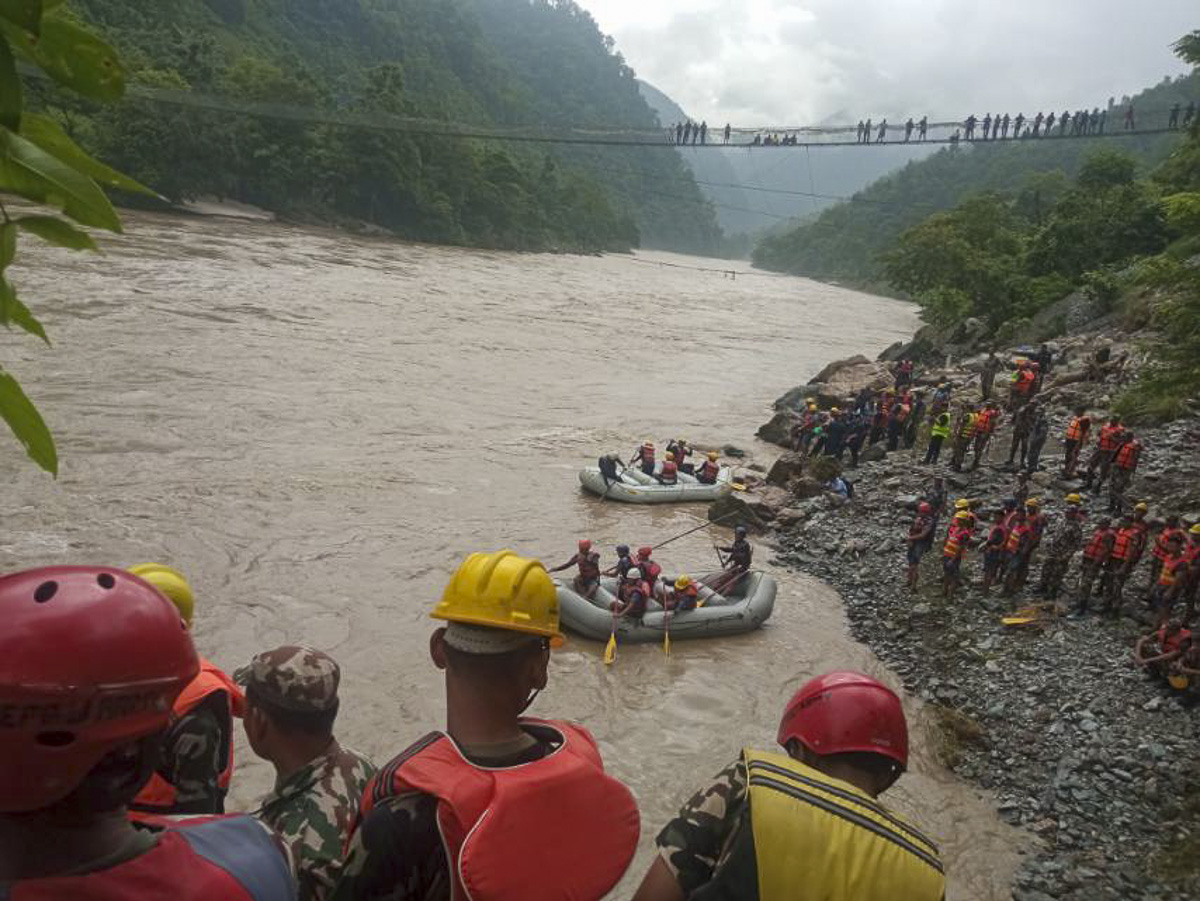
Former Prime Minister Pushpa Kamal Dahal 'Prachanda' had also repeatedly assured the public that the government was working to minimize disaster losses. Addressing a program organized on the occasion of Earthquake Safety Day, he had emphasized the need to strengthen disaster risk assessment, mitigation, early warning systems and local capacity building.
Despite the government's claims of leaving no stone unturned in disaster mitigation, search, rescue and relief efforts, the reality on the ground tells a different story. The case of the two missing buses and their passengers in the Trishuli River is a prime example.
DSP Shailendra Thapa, Deputy Spokesperson of the Armed Police Force, stated that search efforts using available equipment like drones and sonar cameras have been hindered by the murky and swift currents of the Trishuli River. He acknowledged that while the rescue team has recovered 24 bodies, the search and rescue operations have not been as effective as they should have been.
The Chitwan District Administration Office reported that over 500 personnel, including members of the Armed Police Force, Nepal Army, Nepal Police, local residents and relatives of the missing passengers, have been involved in the search and rescue efforts. A 12-member team from India has also been deployed to assist in the search for the missing bus and passengers.
Despite government claims of providing adequate equipment for search and rescue operations and sufficient relief materials, hydrologist Upadhyaya argues that the response to disasters has been delayed. He criticizes the government for failing to conduct risk assessments and implement mitigation measures in disaster-prone areas. Upadhyaya believes that installing early warning systems in these areas could significantly reduce damages.
Dr. Bhattarai, spokesperson for the National Disaster Risk Reduction and Management Authority, acknowledges that the lack of a robust early warning system in Nepal has contributed to significant losses during disasters.
Dr. Dhakal, an associate professor at Tribhuvan University, points out that the government's inadequate preparedness has led to the loss of hundreds of lives each year. He expresses disappointment with the performance of the National Disaster Risk Reduction and Management Authority, stating that it has failed to live up to its mandate. He emphasizes the need for all levels of government to focus on preparedness during the eight months prior to the four-month monsoon season.
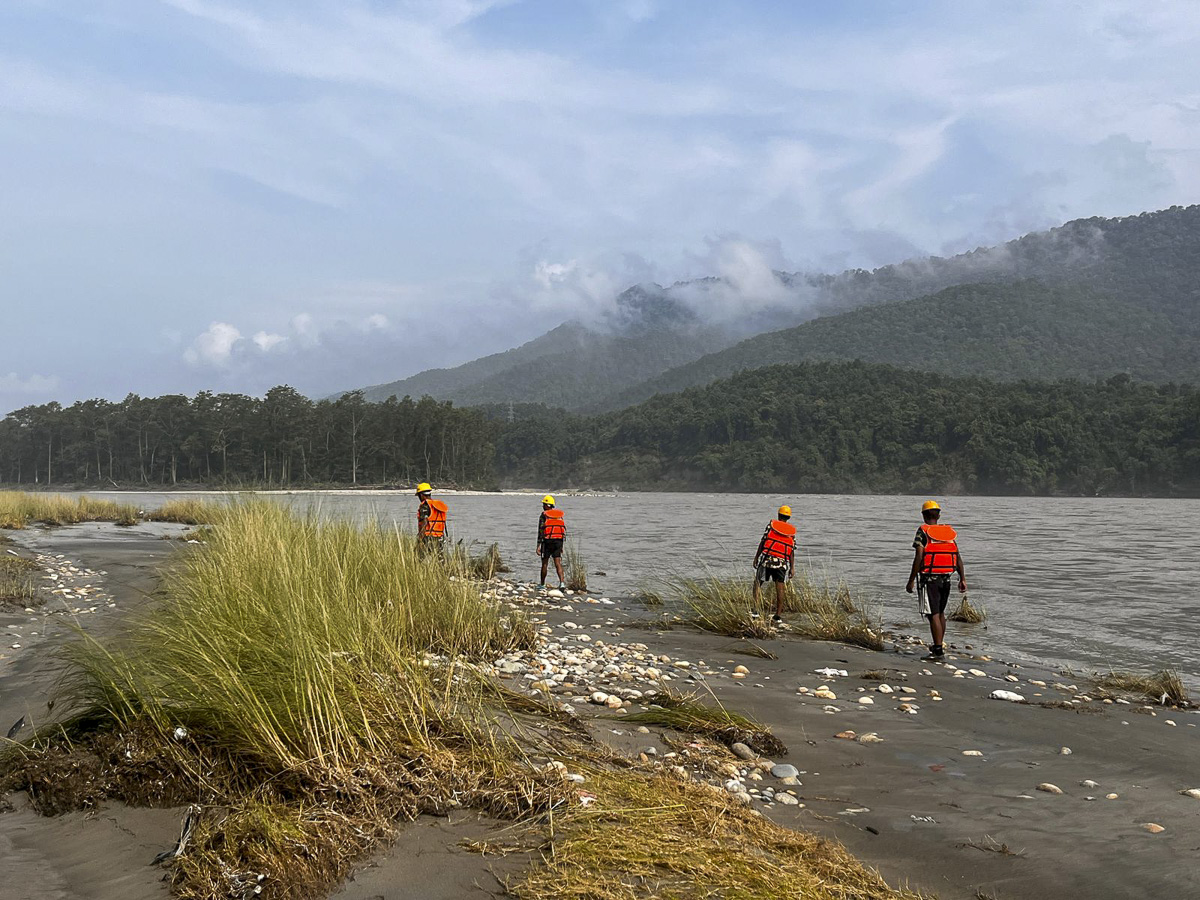
Dr. Dhakal further highlights that the responsibility for disaster risk reduction and management lies not only with the authority but also with the federal, provincial and local governments. These entities must work together to assess potential risks and develop mitigation measures. However, he laments that these bodies have failed to show adequate concern.
"Disasters cannot be avoided, but with adequate preparation, not only can disasters be mitigated, but also the damage caused by them," says Dr. Paudyal Kshetri, Executive Director of the Nepal Disaster Management Center. He criticizes the government for its lack of focus on preparedness, stating that it often only responds with rescue and relief efforts after a disaster strikes.
Dr. Bhattarai, spokesperson for the authority, acknowledges that despite their best efforts, limitations in resources can lead to shortcomings in preparedness. He attributes the current situation to past mistakes and the unpredictable nature of disasters. He also emphasizes that a lack of public awareness and preparedness can hinder efforts to minimize damage, even with adequate planning.
Dr. Bhattarai asserts that Nepal is facing increasing disaster risks and that the situation could have been much worse without the current level of preparedness. However, he admits that the country's geography poses significant challenges to rescue operations.
Globally, early warning systems have proven effective in reducing disaster losses. While acknowledging the high cost of developing such a system in Nepal, Dr. Bhattarai claims that the authority is working towards this goal.
Money for whom?
Despite the existence of a Central Disaster Management Fund under the Ministry of Home Affairs, which currently holds 1.67 billion rupees, disaster victims often face difficulties in accessing the funds they are entitled to.
The case of the Melamchi flood victims in Sindhupalchok, who have yet to receive full compensation three years after the disaster, is a clear example of the delay in disbursing funds.
Prem Krishna Shrestha, a resident of old Melamchi, shared that many flood victims have started rebuilding their homes, but most have only received the first installment of the promised government aid. Some have received the second installment, but very few have received the third. Those who have taken loans to rebuild their homes have not received the installments on time.
Sindhupalchok's Deputy Chief District Officer and Information Officer, Jit Bahadur Bhandari, explained that the government is in the process of creating a new guideline for providing funds to monsoon disaster victims for home reconstruction. And this has caused a delay in the disbursement of the second and third installments to the flood victims of Melamchi and Helambu.
The Central Disaster Management Fund is designed to provide financial assistance to areas affected by disasters, with funds being disbursed through district administrations as needed. To oversee this fund, the National Disaster Risk Reduction and Management Authority has been established under the ministry.
The fund provides relief of 200,000 rupees for the death of one family member in a disaster and an additional 100,000 rupees for each additional fatality in the same family. For those injured in disasters, the district disaster management committee can claim the treatment expenses incurred at government hospitals from the fund. Additionally, each injured person is provided with 1,000 rupees as transportation expenses to return home from the hospital.
Despite the existence of this fund, its effective utilization has been hindered by a number of factors, including a cumbersome process and frequent changes in regulations.
Read Our Republishing Policy here.

